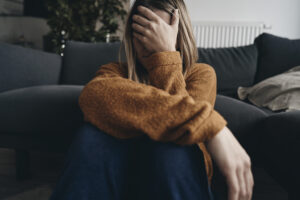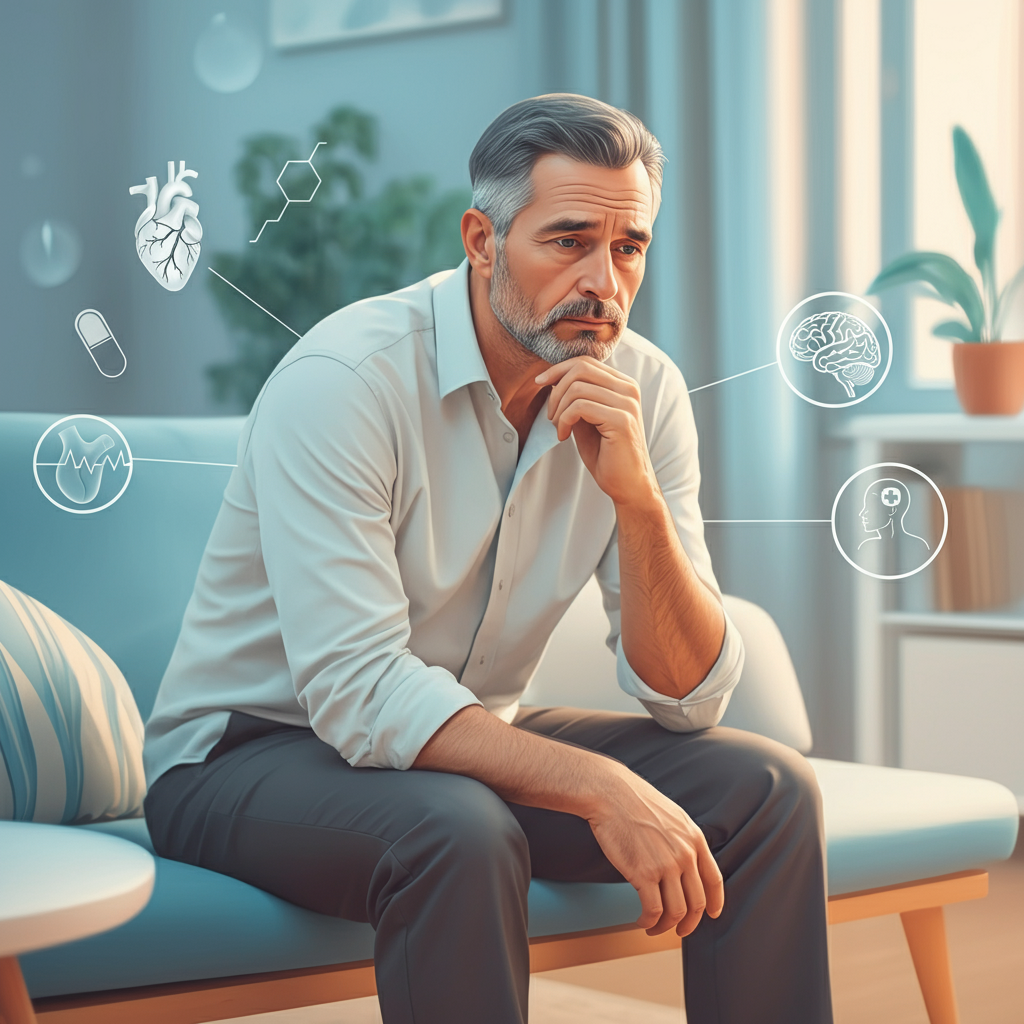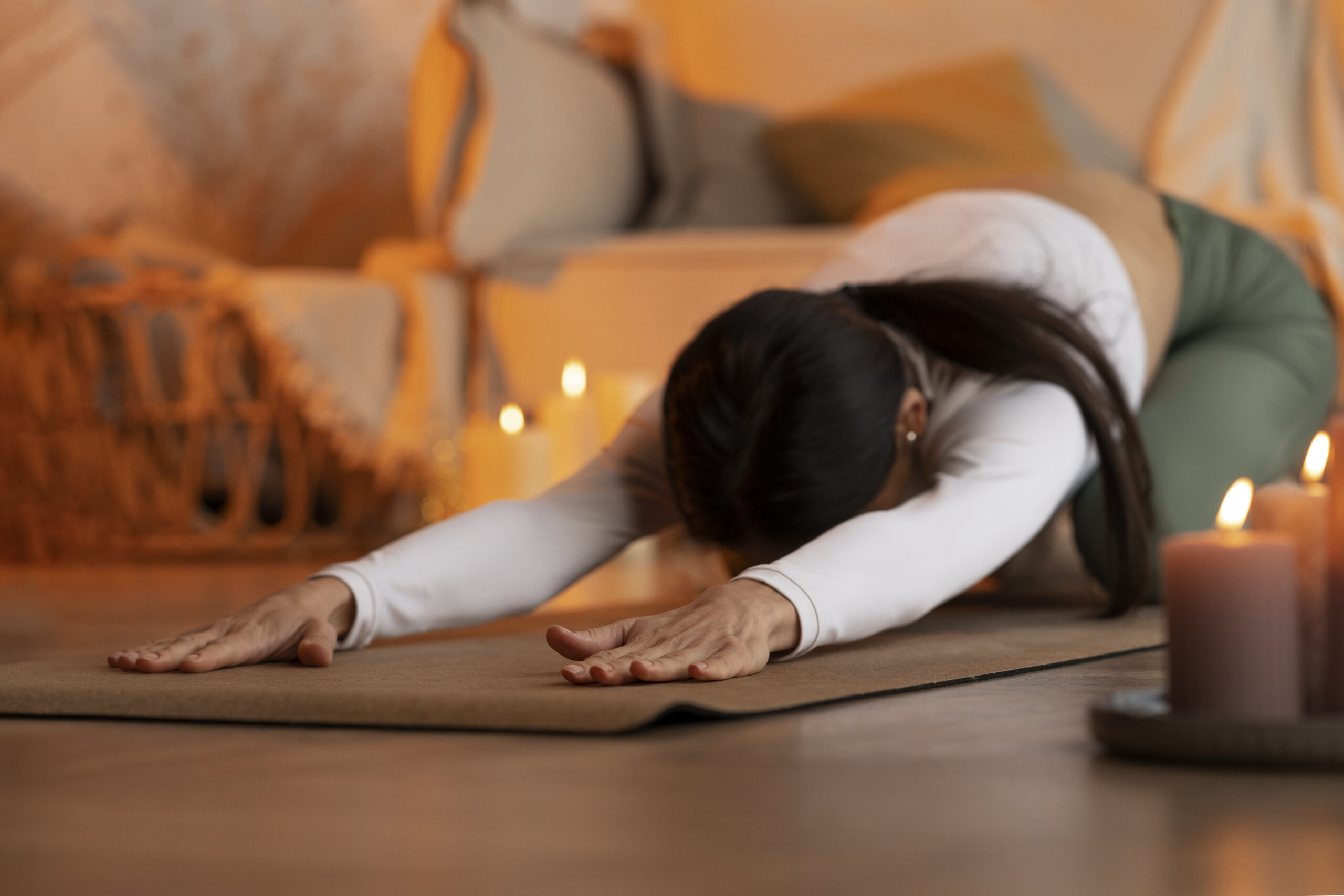Sometimes, feeling anxious is normal. But if worry lingers in the background, gets intense, and becomes a hindrance to daily living, it could be a sign of anxiety disorders. In this article, you’ll discover the most common types of anxiety disorders, typical signs of anxiety, as well as tested treatments for anxiety. Additionally, you’ll find helpful tips to seek out mental health assistance so that you can proceed with confidence.
What is an Anxiety Disorder?
An anxiety disorder is characterized by an uncontrollable fear or anxiety that is difficult to control and is in a way that is not proportional to the circumstances. Since anxiety can affect both the body and mind, it is possible to experience anxiety-related thoughts and physical symptoms like a rapid heartbeat, tight muscles, stomach discomfort, or sleeplessness. Although anxiety disorders are quite common but they are also extremely manageable. If you follow the correct plan, many people will feel better.

Generalized Anxiety Disorder (GAD)
GAD is defined by the constant worry over everyday issues like work or finances, health, family, even in the absence of a reason. Typically, signs of anxiety are restlessness, tension, fatigue, irritability, and sleeping issues. Since worries can change from one issue to the next, GAD can feel draining. Fortunately, cognitive behavior therapy (CBT) assists you in overcoming negative thoughts and developing useful coping strategies. In addition, lifestyle changes like a steady sleeping schedule and regular exercise, as well as healthy meals, can help reduce the level of tension. If needed, a doctor might recommend SSRIs or SNRIs to reduce the persistent anxiety.
Panic Disorder
Panic disorder is characterized by rapid panic attacks, intense waves of terror that reach their peak in a matter of minutes. When you are experiencing an attack, you may feel tightness in your chest and breathlessness, dizziness, sweating, anxiety, and fear of being unable to control yourself or even dying. Since these feelings are alarming, they often avoid places in which attacks have occurred, which can cause a decrease in daily life.

But the treatment for anxiety due to panic is focused on interoceptive awareness, practicing safely with body sensations, so they are less terrifying. Additionally, breathing retraining and techniques for grounding (like listing five things you observe) are helpful in the event of an attack. Drugs like SSRIs are frequently used to prevent the occurrence, whereas some benzodiazepines are used for short-term use under medical supervision.
Social Anxiety Disorder
The disorder of social anxiety is much more than shyness. It’s more about the worry of getting judged, humiliated, or resentful when performing or in social settings. In the end, you might avoid public speaking as well as group conversations and even calls via video. Because avoidance can keep the fear alive, Therapy focuses on gradual exposure and building skills.

For instance, you may start by saying hello to the cashier, and then move towards speaking in the context of a group. In the meantime, CBT helps reframe negative scenarios such as “Everyone is going to think they’re awkward.” Some people find that medication can complement therapy and specific strategies, such as planning talks or practicing the practice of mindfulness before an event to boost confidence.
Specific Phobias
Certain phobias can be characterized as an extreme fear of a thing or event, such as flying, needles, heights, or spiders. Even if you realize that the fear is greater than the danger but it is still overwhelming. It is known as exposure therapy. It’s the best option for this. In a step-by-step manner, you are confronted with the anxiety in a controlled manner–first with your imagination, and then by using images or videos before finally stepping into the real world. In time, your brain is taught that the situation you’re afraid of is a manageable one, and your anxiety decreases.
Agoraphobia
Agoraphobia is an anxiety about places where escape may be difficult or assistance is not available, for example, crowded shopping malls and public transport, or even open spaces. Since these fears can lead to staying in the house and avoiding public transport, agoraphobia is often associated with anxiety disorders.

Treatments include CBT with exposure and coaching to gradually extend your comfort zone. In addition, having a strategy in place, like the identification of exits or bringing along an ally to make your outings feel more secure, while building confidence.
Obsessive-Compulsive Disorder (OCD) and PTSD: Related but Distinct
OCD, as well as post-traumatic stress disorders (PTSD), are not considered to be anxiety-related disorders. However, they are both associated with high anxiety. OCD tends to have anxiety (intrusive thinking) and compulsive behaviors (repetitive actions) to reduce anxiety. In contrast, PTSD follows a traumatic incident and can trigger intrusive memories and avoidance, mood changes, and hyperarousal.

Since anxiety is a major factor in mental health, a lot of people seek health care by using exposure-based therapies, such as ERP (Exposure and Response Prevention) for OCD and trauma-focused therapies such as the EMDR technique or extended exposure to treat PTSD. While distinct, these disorders frequently appear in discussions about anxiety.
Common Symptoms of Anxiety
Although each illness has its unique pattern, the symptoms of many disorders are similar:
- A constant anxiety or fear that’s difficult to manage
- Physical symptoms: high heart rate and sweating, shortness, tremors, nausea, or tension in muscles
- Cognitive symptoms include racing thoughts, difficulty concentrating, and experiencing “on edge”
- Behavior indicators: avoidance of fearful situations or seeking reassurance
Since symptoms of anxiety differ in intensity, observing the time and place they happen can help your doctor tailor your treatment.
Evidence-Based Treatment for Anxiety
Because anxiety disorders respond to a mix of treatments, there are a variety of options. Let’s look at the most popular methods.
- Psychotherapy CBT helps you assess your anxiety and gradually confront your anxiety. The Acceptance and Commitment Therapy (ACT) assists you in accepting your discomfort and acting according to your beliefs. In the case of panic, exposure to interoceptive signals is essential for fear of social interaction and social anxiety. Gradual exposure helps build confidence and tolerance.
- Medical treatment: SSRIs and SNRIs reduce chronic anxiety over time. In addition, beta-blockers or buspirone could be beneficial in certain circumstances. Since the medication plans are customized and require a doctor’s approval, you should always seek advice from an authorized physician.
- Habits and skills Habits and skills: Consistent sleeping and regular exercise, regular meals, and keeping a tight rein on alcohol and caffeine may lower the level of arousal in the body. Techniques like diaphragmatic breathing and progressive muscle relaxation, and mindfulness can relax the nervous system.
- Support for community and digital self-help and guided programs, and apps for mental health that are trustworthy, and peer support groups can help you stay on track between sessions.
When to Seek Mental Health Support
If anxiety, stress, or avoidance are hindering relationships, school, work, or sleep, it’s time to get help. Start by speaking with the primary care doctor or licensed psychotherapist. Because early intervention can prevent the problem from getting worse and causing more stress, you will save time and stress by seeking out help earlier. If you’ve ever had thoughts of hurting yourself or others, call emergency services or a crisis number immediately.
How to Talk to a Clinician
Before your appointment, note your most pressing issues, triggers of the past, and any medical issues or medications. Additionally, write down your top priorities, such as taking the subway for the second time and presenting or snoring throughout the night. With this list, the therapist will be able to create an approach that is suited to your lifestyle. Also, inquire about the types of therapy, the frequency, and the way your progress will be monitored. Clarity in expectations can make therapy for anxiety more efficient.

Anxiety disorders are widespread and real. They are also manageable. If you have the right combination of treatment, knowledge, and, in some instances, medication, it is possible to lessen symptoms and get back to routines. Taking steps can overcome your anxiety, overcome fears, and return to what is important. If you’re feeling ready, consider having an evaluation scheduled, looking into CBT, and even attempting one small session this week. With the help of a compassionate mental health professional, you can find relief – and it’s more accessible than you think.



